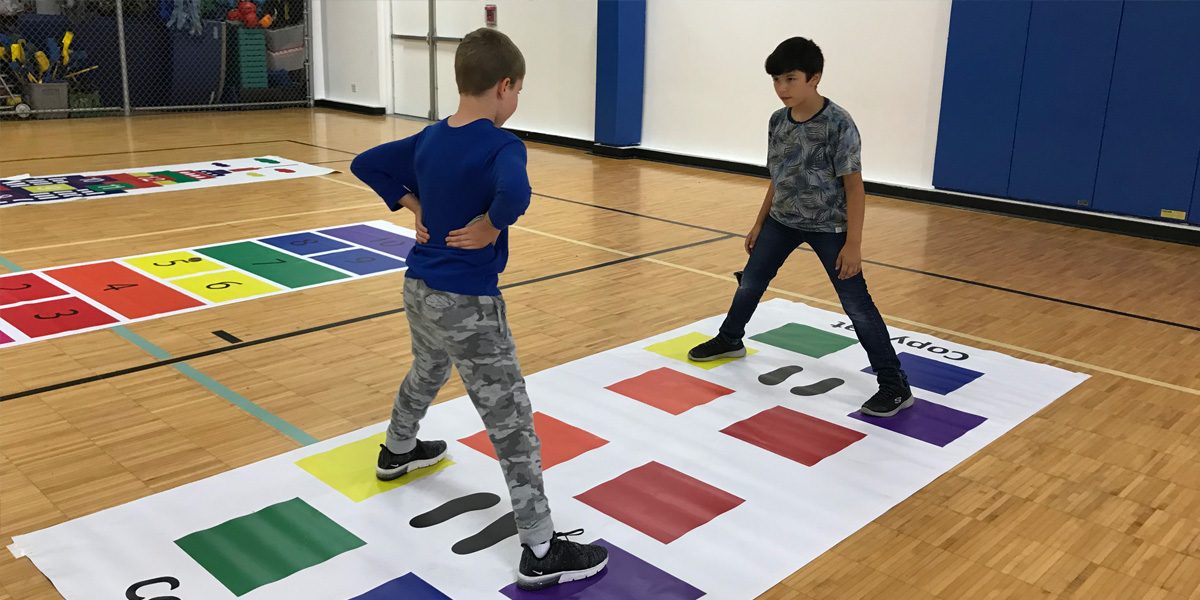Teachers, no matter their years of experience, face an ever-changing landscape in today’s educational sphere. This is particularly true within the realm of Physical Education, a field that demands continuous instructional modifications and a solid, adaptable plan to cater for the continually diversifying needs of students.
Through the decades, instructional models have witnessed significant evolution. There’s been a shift in focus from core fitness strength to overall wellness, a transition from sport skill development to social and emotional learning, and a subsequent evolution towards adventure education, academic embedding, and inclusive play.
Despite this clear shift in methods and approaches, the unchanging backbone of education lies in effective management of the students, with a focus on safe, engaging, and mindful teaching. Seemingly stuck between the policies of their predecessor and the trial-and-error ‘learn-as-you-go’ approach, today’s educators often find themselves in an isolating role.
This piece seeks to equip P.E. teachers with essential strategies crucial to success in any dynamic educational setting.
Understanding time – that’s the first strategy. Acknowledging how long it truly takes to teach a skill, until students can independently execute the task with minimal guidance, is paramount to effectively teaching a diverse group. All too often, educators overload themselves, attempting to cram too many units or activities within a year. Instead, track the actual ‘on-task’ time exhibited by students to identify how many such minutes, or lessons, are needed for them to attain competency.
Next, learning to modify instruction on-the-go comes hugely beneficial with diverse groups. Consider every execution of skill or movement pattern through the lens of identifiers – what is the critical hindrance preventing achievement? Is it physical, cognitive, or emotional? This constraint identification allows for efficient on-the-spot fine-tuning and adjustments.
Lastly, community matters, perhaps more so when limited Physical Education budgets come into play. Catering to the many diverse needs of students requires a holistic, community-based approach to movement education. A comprehensive needs-assessment of the entire school campus helps to effectively identify active and inactive zones, providing a concrete blueprint for admin and PTA to address.
This community-focused approach proves beneficial in multiple ways. It opens avenues to greater budget resources, allows students more practice time, and alleviates classroom teachers’ burden when Physical Education is not on the schedule, or inclement weather conditions prevail. Incorporating elements like sensory pathways, stencils, and equipment resonating with school branding can elevate the overall health, wellness, and enthusiasm of all students.
Matt Schinelli M.Ed., an experienced Inclusive Movements Services Consultant adds, “What hasn’t changed are the vital constants of effectively managing students under the umbrella of safe, thoughtful, and engaging instruction.” As educators adapt to an evolving playing field, these constants –safe, thoughtful, engaging instruction– remain non-negotiable pillars of successful teaching.
To ensure inclusivity, engagement, and safety within diverse classrooms, consider these strategies a teacher’s toolkit to success. They are sure to assist in the championing of every student, against the backdrop of an ever-changing, ever-diverse educational landscape.
Explore more at Fit & Fun Playscapes, where tools, inspiration and community converge to make any educational setting a more inclusive place.
Website: www.fitandfunplayscapes.com/
Twitter: twitter.com/FitandFunPlay
Facebook: www.facebook.com/FitandFunPlayscapes
Instagram: www.instagram.com/fitandfunplayscapes/
YouTube: youtu.be/i9odTma1HUU
LinkedIn: www.linkedin.com/company/fit-and-fun-playscapes
Pinterest: www.pinterest.com/fitandfunplayscapes/
Published by: Aly Cinco

